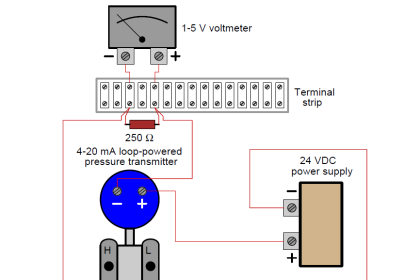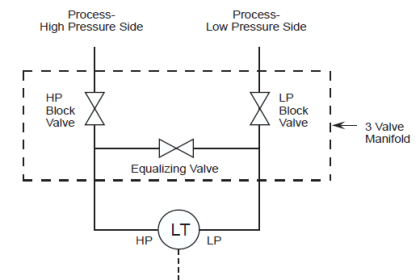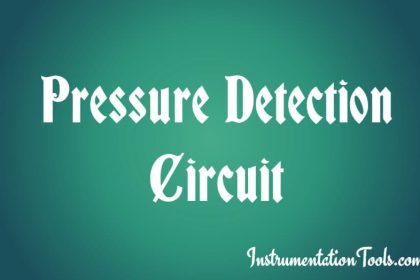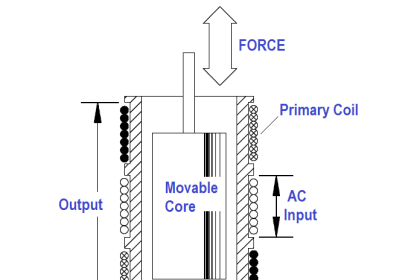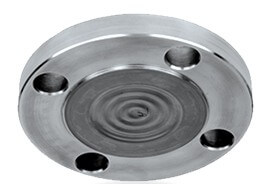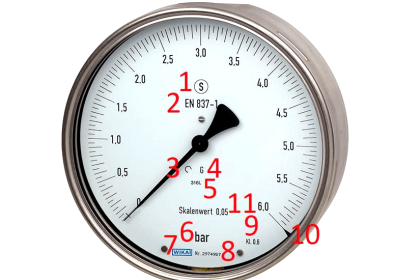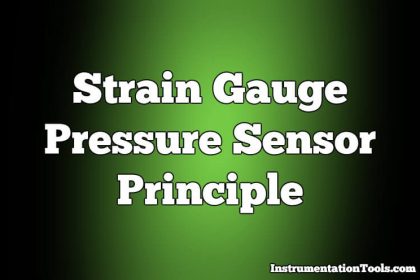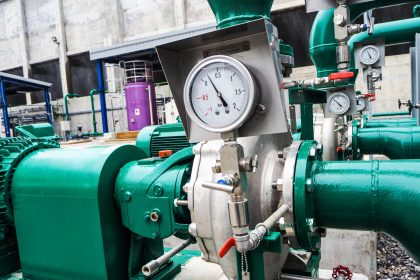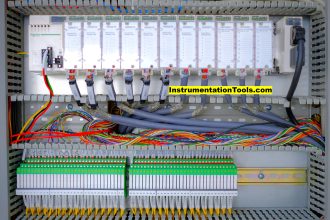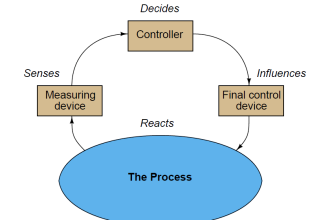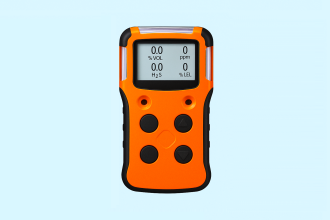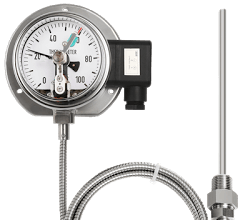Remember everyone! Pressure gauge shall be installed after pump discharge nozzle and before check valve. The consequence is if you have two pumps (one is running and another is stand by, then you have to install two pressure gauge). The reason is:
To show actual pump discharge pressure. If you install pressure gauge after check valve, the value of discharge pressure won’t be actual due to pressure loss of check valve
In the case of check valve failure, pressure gauge will show actual discharge pressure. If the pump has problem, pressure gauge will show pressure value lower than usual
Also Read : Pressure Transmitter Working Animation
what is the big deal if I will put the pressure gauge after check valve?
1- You cannot verify pump depressuring for maintenance
2- You cannot check actual pump discharge pressure for performance evaluation
3- You cannot meet some codes (e.g. ANSI K61.1) requirement to install pressure gauge immediately after the pump discharge nozzle
4- You cannot make true reading of discharge pressure of the pump
5- Looking at maintenance point of view, you cannot evaluate check valve leakage when the pump is tripped and the discharge line isn’t blown down
Can you please tell me how to do and verify pump depressuring for maintenance in detail?
It means if you would isolate a pump by closing suction/discharge isolation valves during maintenance and decide to depressure the pump (e.g.by opening the pump vent), you would realize the time mentioned pump is depressured by reading the PG, only when the pressure gauge has already been installed between pump and the check valve.
Also Read : Pressure Sensors Principle
